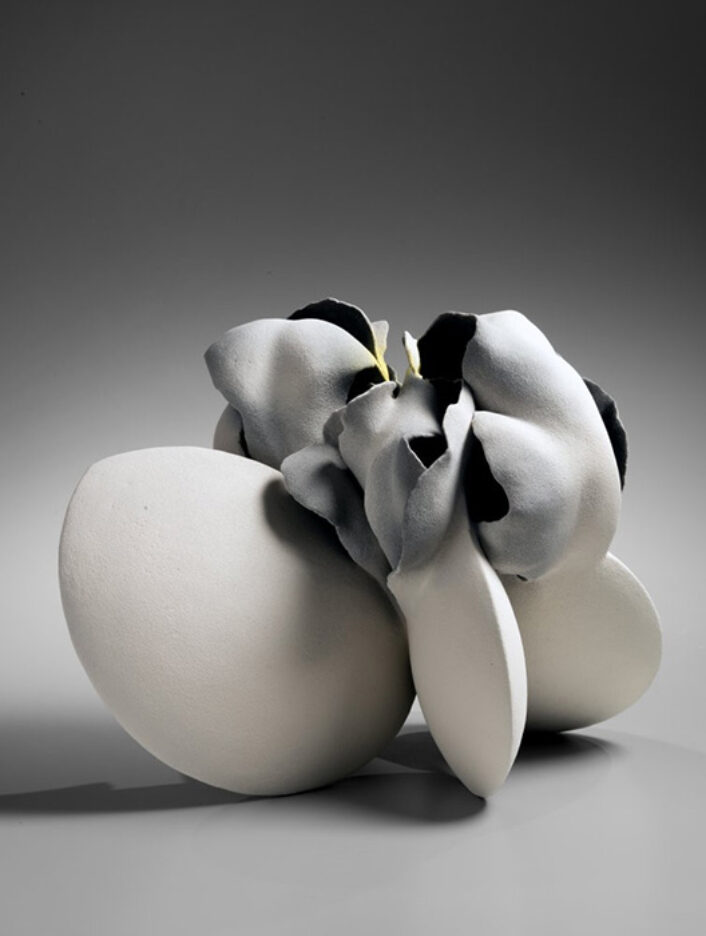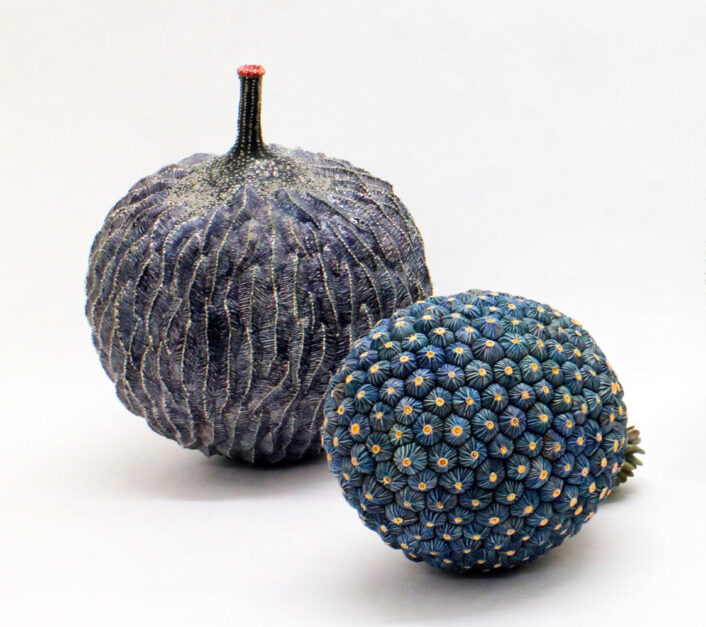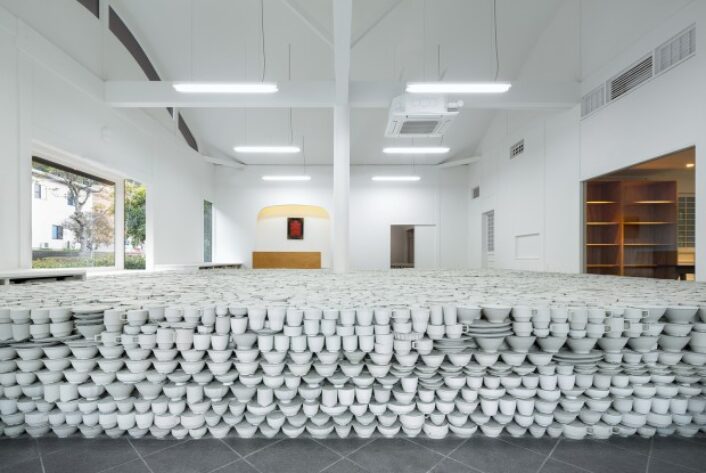Fine Art
Kazunori Hamana’s ceramics
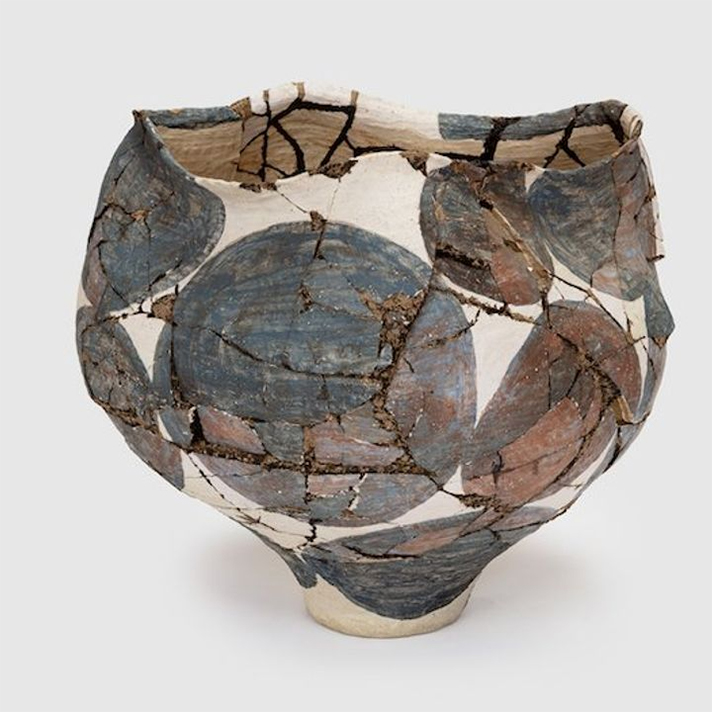
“Untitled,” 2018-19. Ceramic and Urushi (Japanese lacquer), created by Kazunori Hamana and Yukiko Kuroda.
Image courtesy of: Ocala
Kazunori Hamana has not always been a ceramic artist; in fact, he has only been working with clay since 2008. Hamana was born in a town near Osaka, he always loved country life and folk tales. As a teenager, he enrolled at an agricultural high school and soon thereafter, he left the country to get a degree in environmental studies at Humboldt State University in Northern California.
Hamana was instantly enamored with American fashion; however he didn’t not love the climate in northern California and he soon transferred to a community college in San Diego. Interestingly, a film class taught Hamana that he didn’t actually know a lot about his home county of Japan; this caused him to indulge his own curiosity. Returning to Japan, Hamana moved back to his family home and began to sell the apparel that he had been collecting since high school. The hope was to save enough money to open his own vintage store… in 1994, “Blues” opened. Hamana spent the following several years traveling to the United States to source Nikes and jeans for his boutique. Four years later however, Hamana decided that he wanted to be near the ocean and the mountains.
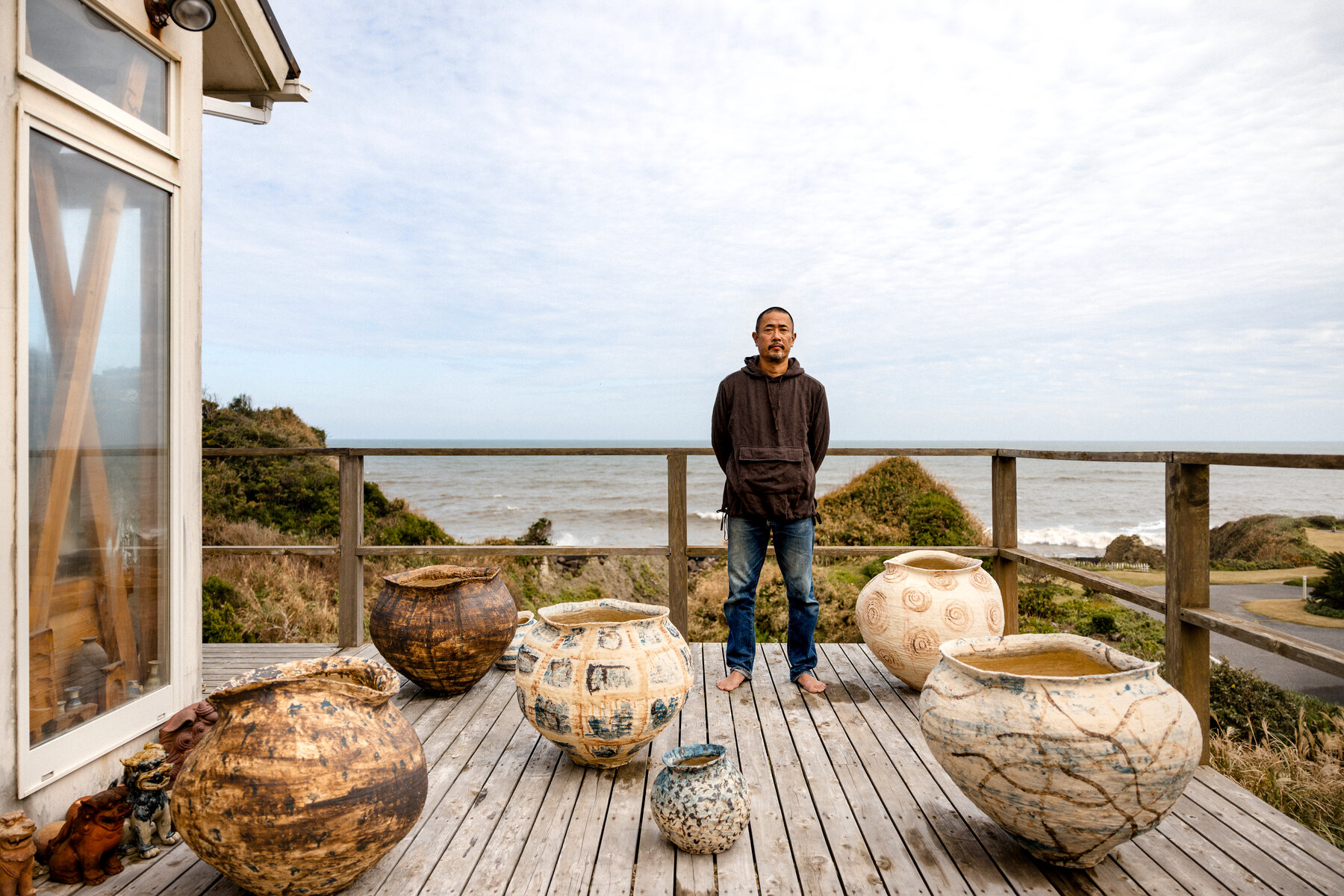
Hamana on his oceanfront terrace with his tsubos.
Courtesy of: The New York Times Style Magazine, photographed by: Ben Richards
In 2008, while Hamana was living in a home he had built near the coast… inspired by his environment, he started experimenting with clay and making his first tsubo (a word used to describe a unit measurement [35.5 square feet]) at a local community center class. His elder classmates all created small pieces such as vases and dishes; nevertheless, the budding ceramist wanted to make these simple forms… just bigger.
Currently, on the second floor of his beach house, Hamana hand-creates each piece at the dining room table over the course of four to five days. There is never a plan on how the vessel will look; rather, Hamana relies on his intuition. Courtesy of The New York Times Style Magazine, Hamana says, “If I think too much, it becomes design or craft.” Following this step, Hamana takes the object to the farmhouse for firing. Once that step is complete, the pots are placed outside the studio where they accumulate various impressions from the constantly changing climate outside.
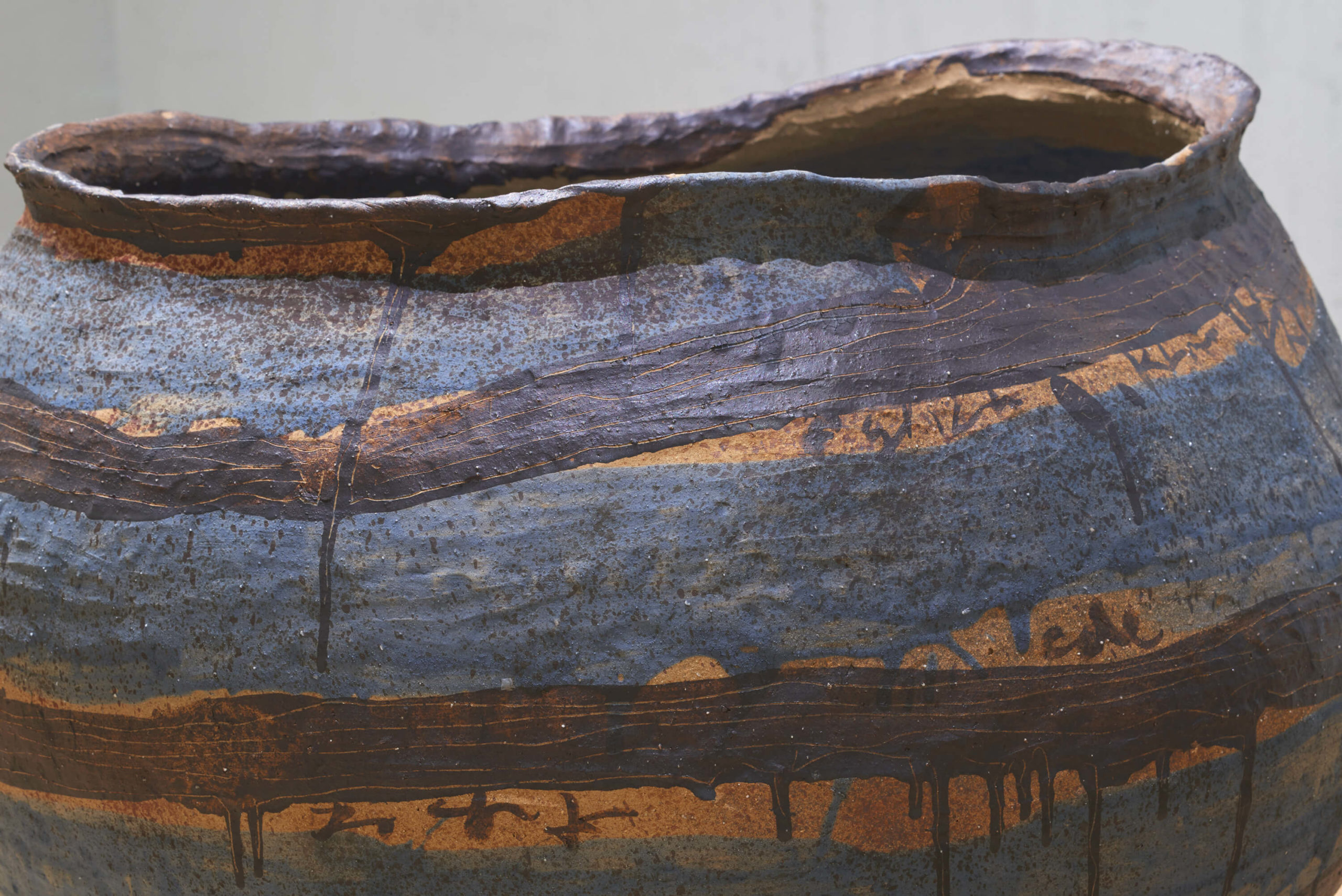
Detail of “Untitled,” 2018.
Image courtesy of: Blue Mountain
Hamana shapes the pieces to mimic a traditional “tsubo jar.” Customarily, these pieces were used for storage… the “wide-shouldered” jar is quite different than those with standard curves. The vessels are uneven throughout, some objects appear to virtually collapse into itself. With uneven surfaces, the fragility of the tsubos is highlighted by the numerous scratches marking them.
Japanese tsubos date back to prehistoric times; as a self-taught ceramicist, Hamana employs the traditional methods of a methodical process. Courtesy of Blum and Poe, “Hamana incorporates a slow and gradual process, echoing the rhythm of his daily life in his rural surroundings. He considers these daily chores as paramount to his sustainable practice and his pursuit of truth.”

“Untitled”, 2020.
Image courtesy of: Blum & Poe for Pen Online, photographed by: Noboru Murata
Hamana sometimes “accidentally” breaks his vessels. These pieces are then transformed by Kuroda, Hamana’s wife. Formerly a graphic design artist, Kuroda now spends her days artfully producing kintsugi. Using urushi as glue, Kuroda’s style varies from traditional kintsugi in that she uses pewter or only urushi (a lacquer made from tree sap) as glue. The cracks are sealed with “found materials” such as a rusted barbed wire that might have been spotted on the beach. Kuroda integrates unusual materials into her unique kintsugi style… sometimes bamboo, straw, or grains of rice are incorporated into the vessel.
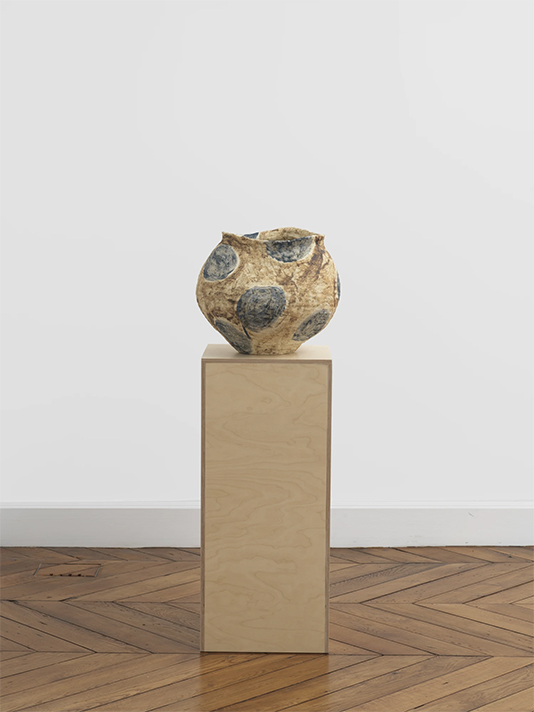
“Untitled,” 2021.
Dimensions are: 14″ x 15.5″ x 14.5″
Image courtesy of: White Cube
Perhaps the reason the tsubos are so special is because of the materials they are made up of. The natural clay comes from Shiga Prefecture and the colors are produced by organic materials. Hamana says that his style is greatly inspired by the coastal environment near his studio in Chiba, Japan. He says, courtesy of Time Out, “I examine the textures in the sand and the ocean. My ideas come from nature.” Absolute perfection!
